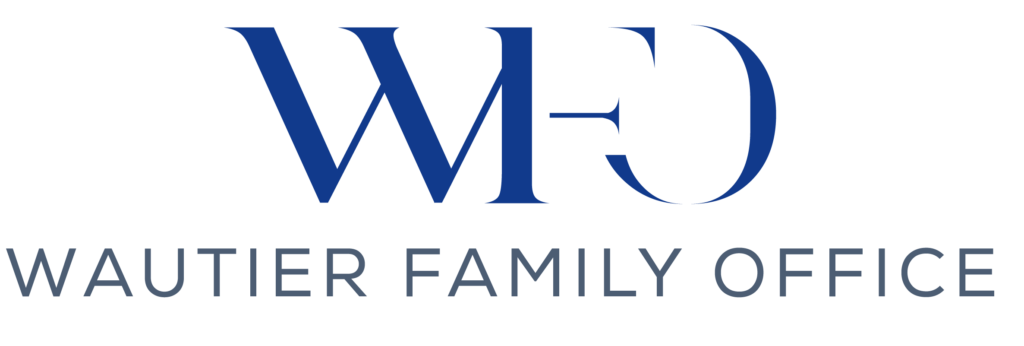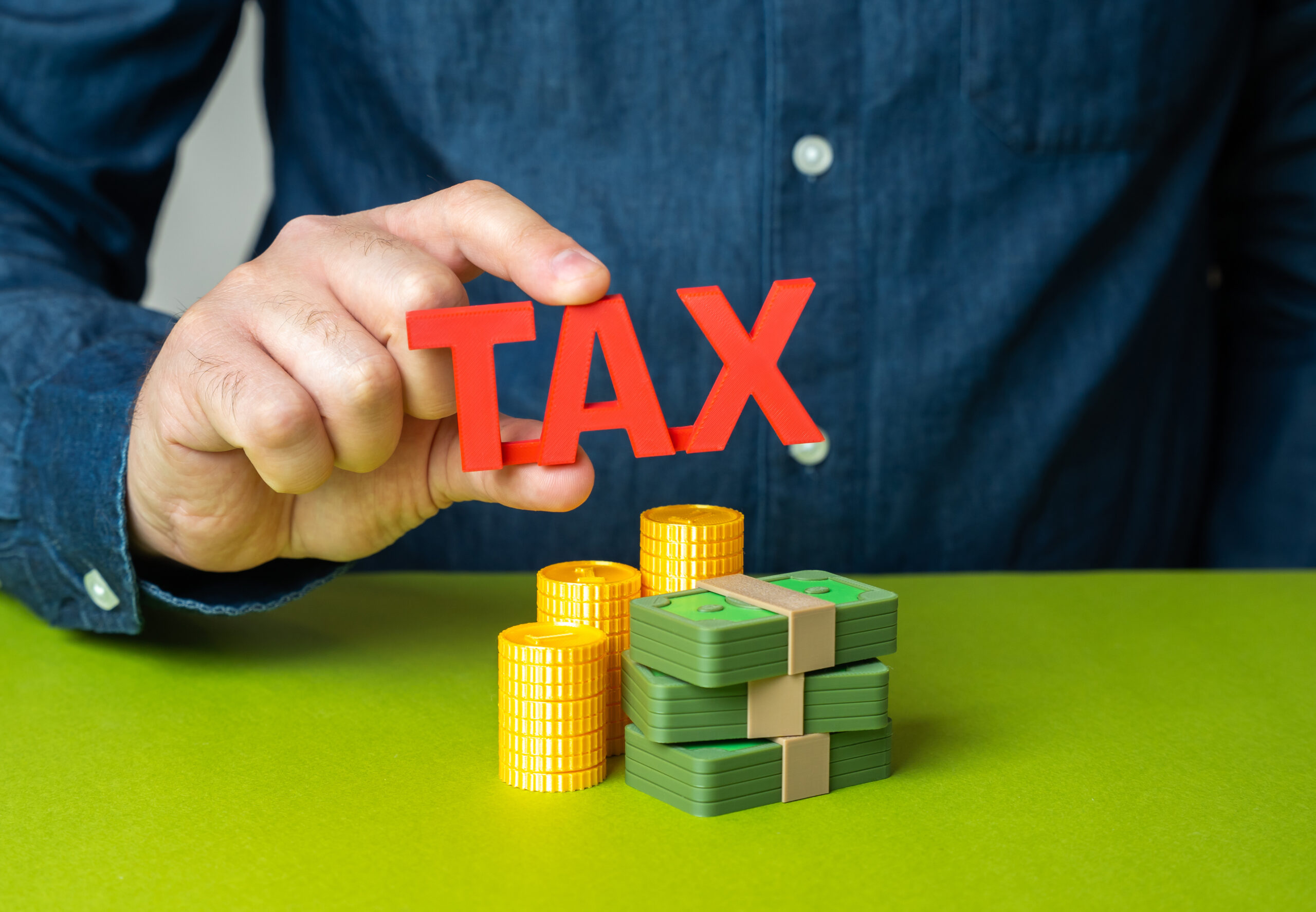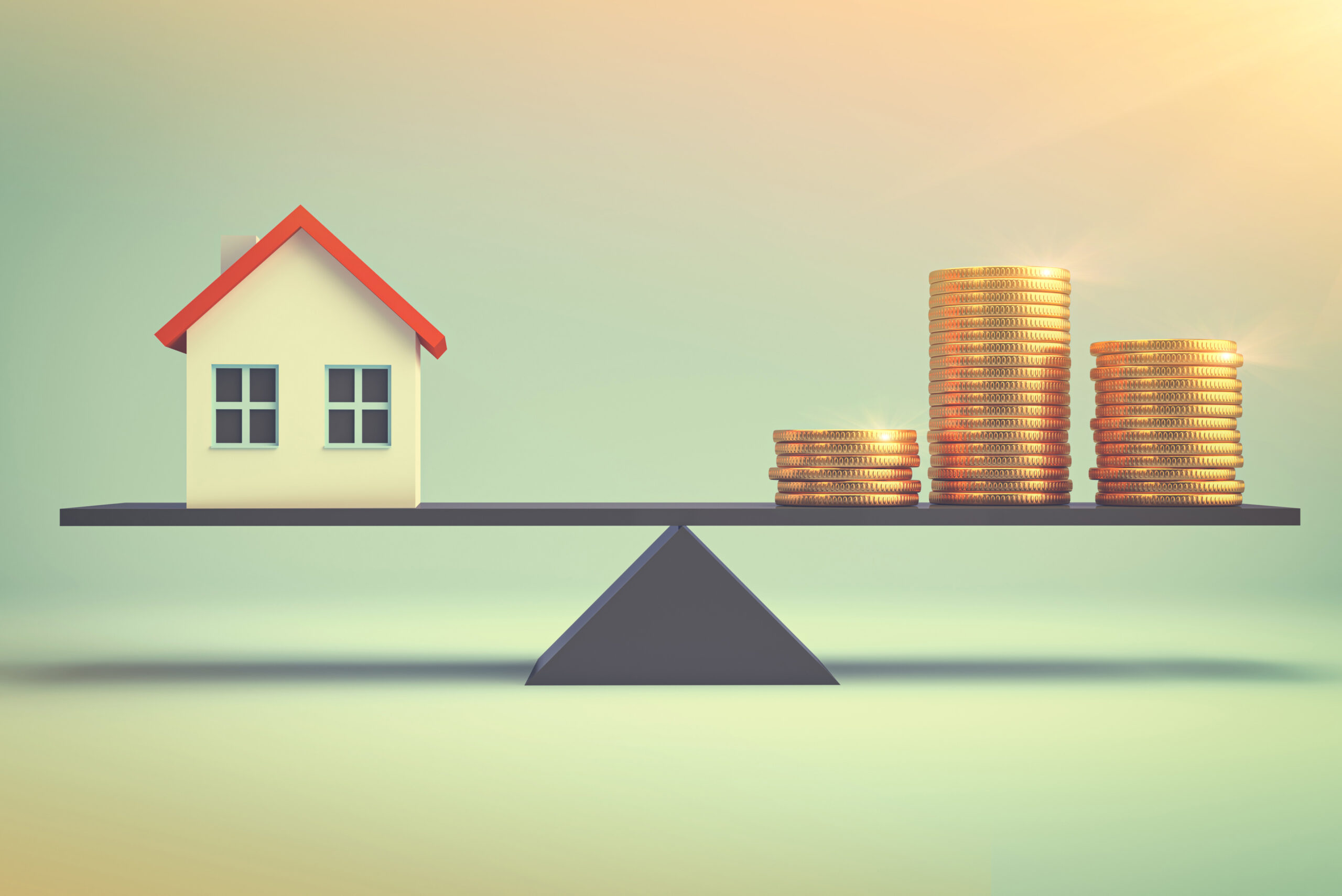How does government spending influence both short-term job creation and long-term economic productivity? Does increased government spending necessarily require higher taxation, and what does this mean for individual income? Can government spending stimulate economic growth without crowding out private sector employment opportunities?
Government spending plays a crucial role in shaping individual income and employment outcomes, but its effects are far from straightforward. On one hand, direct investments in infrastructure, healthcare, and education can create jobs and provide stable income streams for households. On the other hand, debates persist about whether higher government spending inevitably requires greater taxation, and whether such taxation reduces disposable income and slows private sector activity. Exploring these questions reveals a complex interaction between fiscal policy, economic growth, and individual prosperity.
At the same time, taxation remains inseparable from the conversation on government spending. While taxes provide the resources to fund essential services and social programs, they also shape household finances, work incentives, and business investment decisions. Striking the right balance between spending and taxation is not just an abstract policy question—it directly impacts wages, job opportunities, and income distribution. This blog unpacks these connections, showing how the fiscal choices governments make ripple through every level of society.
To me, one of the most surprising developments of modern political and economic life has been the keen interest in and occasionally passionate debate about the level of government spending.
Perhaps it’s unsurprising. The citizens of many nations are now better educated than ever before. And while many of us would like to see government services expanded and improved, there is also a better depth of understanding about the requirement to fund these wishes with higher taxation.
But is this assumption true? Do higher levels of government service delivery require a commensurate rise in taxation? And is the accepted wisdom that higher taxes (even if used to fund greater public services) reduce income and household wealth? Or is the actual result more nuanced than that? And what of employment? Is it true that increased government spending crowds out private market enterprises, replacing more productive private sector jobs with less efficient public sector ones?
That is the landscape that I hope to cover in this piece, along with a solid grounding of the fundamentals of government spending and taxation, and how the data—shaped by both domestic realities and the pressures of globalization—suggests these highly influential factors influence individual income and employment.
Table of Contents:
Government Spending: Definition and Mechanisms
Impact of Government Spending on Employment
Government Spending and Individual Income
Taxation: Definition and Types
Taxation and Its Effect on Individual Income
Taxation and Employment Impacts
Balancing Act: Fiscal Policy Trade-offs
Interrelation of Spending and Taxation
Government Spending: Definition and Mechanisms
Fiscal policy refers to the use of government spending and taxation to influence a country’s economic activity. Central banks shape monetary policy to manage interest rates and money supply. But fiscal policy is firmly in the hands of governments, which decide how much to spend, where to direct that spending, and how to raise revenue through taxation. These decisions ripple through the economy, affecting everything from inflation and GDP growth to employment levels and the monthly income households take home.
Government spending can be most simply understood as the balance sheet or ‘bank account’ of the government of a nation. It encompasses the funds that public authorities allocate to goods, services, and investments designed to meet societal needs and promote economic stability. Economists typically divide spending into broad categories. These include infrastructure projects (roads and bridges), defense spending, education, healthcare, and social welfare (pensions, unemployment benefits, and housing subsidies).
Direct public outlays of government funds create jobs and income streams by hiring workers, contracting private firms, and purchasing materials. Indirectly, they stimulate demand on the broader economy, encouraging private businesses to expand, invest, and hire more staff. The example of a hospital is illustrative. These essential cogs of the public healthcare system require construction workers and contractors in the ‘build’ phase. But they also support ongoing employment for medical staff, administrative teams, and service providers for the decades that follow.
These spending mechanisms also interact with the concept of the fiscal multiplier. This important concept is the idea that each dollar of government expenditure can generate more than a dollar of economic activity. In the language of business, it’s a positive ‘return on investment’ outlay of capital. The size of this multiplier varies depending on the health of the economy and the type of spending. In recessions, infrastructure investments tend to produce particularly high multiplier effects because they mobilize idle resources and stimulate demand at a time when private investment is subdued. In a stronger economy, the positive multiplier effect is reduced as resource competition increases, driving down investment returns.
Impact of Government Spending on Employment
Government spending can act as a powerful employment engine in the short term. Public works and infrastructure projects often require large numbers of workers, providing immediate job opportunities in construction, engineering, and manufacturing. This employment boost can extend to related industries, from raw materials suppliers to service providers supporting workers on-site. Perhaps the largest-scale experiment of this kind was seen in the U.S. experience during the Great Depression. President Roosevelt’s ‘New Deal’ programs put millions back to work through public projects. The multitude of programs falling under that banner remains one of the most widely studied historical examples of short-term employment stimulus through government spending.
In the longer term, targeted investment in human capital delivered through better education, training programs, and healthcare can raise the productivity and employability of the workforce. A better-educated, healthier population tends to innovate more, adapt more quickly to technological change, and command higher wages, thereby creating a more competitive economy. It also reduces the fiscal drag on emergency healthcare and unemployment support programs.
Government Spending and Individual Income
Government spending influences individual income in several ways. The most direct channel is through social programs such as unemployment benefits, pensions, and income subsidies. These programs directly distribute money to individuals, often those in lower-income brackets who are more likely to spend additional income quickly, further stimulating the economy. We saw examples of this in recent years, when pandemic-driven stimulus programs distributed large sums of money to individuals in many nations.
Public employment is another key channel. Governments are major employers. The collection of taxation, the provision of services in healthcare, education, and regulation all require a higher number of public servants per capita. As the belief that the government should offer higher levels of services to its citizens grows, so too will the size of the public service charged with delivering those services.
For lower-income households in particular, the redistributive nature of government spending, which involves taking in tax revenue and channeling it toward social welfare, can significantly reduce income inequality.
Taxation: Definition and Types
Taxation is the primary means by which governments add to their balance sheet to generate the funds to support their spending. The most widely experienced are income tax (paid by individuals on their earnings), payroll taxes, sales taxes (applied to goods and services), and corporate taxes (paid by businesses on their profits).
The design of a tax system has profound implications for both economic efficiency and social equity. Progressive tax systems impose higher rates on higher-income earners, helping to redistribute wealth and fund public services. Regressive taxes, by contrast, take a larger percentage of income from lower earners. Sales taxes are an example of a regressive tax. These disproportionately affect households with less disposable income, as they spend a higher share of earnings on consumption.
The balance between different types of taxes shapes the incentives workers and businesses face. For instance, high marginal income tax rates can influence decisions about working additional hours or taking on new investment projects. Conversely, well-targeted tax relief, such as deductions for education or home ownership, can encourage changes in certain societal domains in line with the priorities of the government of the day, as voted in by those it serves.
Taxation and Its Effect on Individual Income
Taxation directly affects how much of a person’s gross earnings ends up as take-home pay. Whether progressive or flat, income taxes are deducted from wages before individuals can use their earnings for consumption or savings. The higher the effective tax rate, the lower the disposable income, which, in turn, can influence household spending decisions and overall quality of life.
Tax policy also has clear effects in shaping behavior. Lower marginal tax rates can encourage individuals to work additional hours or take on side projects because they retain more of each additional dollar earned. Conversely, high marginal rates may discourage overtime or entrepreneurial risk-taking, as the after-tax reward diminishes. Savings and investment decisions are equally sensitive to taxation. Favorable treatment of capital gains or retirement account contributions can incentivize individuals to set aside more for the future.
In contrast, heavy taxation on investment income may reduce incentives to save and invest. Australia’s retirement system is a good example of this. In it, employers are required to contribute to a ‘superannuation’ account during an individual’s working life, which can be supplemented with personal contributions if the individual so chooses. These retirement savings cannot be accessed by the individual during their working life, and in exchange, earnings from the long-term investments held in the account attract a highly concessional tax rate.
Beyond rates alone, tax credits and deductions act as targeted income-support mechanisms. Credits can be granted in furtherance of program incentives such as those for child care or earned income. When applied (usually when tax returns are prepared), these credits reduce tax liabilities directly, often boosting disposable income for low and middle-income households. Deductions lower taxable income, effectively reducing the overall tax burden. These tools allow policymakers to provide financial relief without altering base tax rates.
Taxation and Employment Impacts
Taxes also shape businesses’ hiring and employment strategies. Payroll taxes, which fund programs like social security and unemployment insurance, increase the cost of employing workers. For small businesses with thin profit margins, these added costs can limit their ability to hire new staff or increase wages. In some cases, higher payroll taxes may lead to a preference for part-time or contract workers to reduce benefit obligations.
Corporate income taxes influence broader business expansion and investment decisions. Higher corporate tax rates can reduce after-tax profits, leaving firms with less capital to reinvest in new equipment or workforce expansion. This can have a knock-on effect on job creation, particularly in capital-intensive industries. International competition for investment also plays a role. Economic theory states that if corporate taxes are significantly higher in one country compared to its peers, firms may relocate operations or new projects to more tax-friendly jurisdictions.
Small businesses face unique challenges in this regard. Unlike large corporations, they often lack the financial flexibility to absorb higher tax burdens without cutting costs elsewhere. Tax policy disproportionately affecting small enterprises can stifle entrepreneurship and limit the creation of new jobs, even though small businesses are often the backbone of employment in many economies.
Balancing Act: Fiscal Policy Trade-offs
Crafting effective fiscal policy requires balancing the need for sufficient public revenue against the goal of minimizing economic distortions. Too little revenue can lead to underfunded infrastructure and inadequate social programs. Too much taxation, however, can suppress private-sector activity, reducing overall economic growth.
Excessive government spending carries its own risks. Inflationary pressures can emerge if spending outpaces revenue for an extended period, especially in economies already operating near full capacity. Persistent deficits can also lead to an unsustainable debt burden, requiring higher future taxes or spending cuts. Additionally, heavy public borrowing can result in “crowding out,” where government demand for credit drives up interest rates, making it more expensive for private businesses and households to borrow.
On the taxation side of the equation, the challenge for policymakers is to design a fiscal mix that maintains essential public services and infrastructure without discouraging the private sector from expanding and innovating.
It is also important to recognize that these impulses often move cyclically. A high-taxing, high government services era often gives way to an era with a strong deregulatory impulse and a private-sector-led economy before the cycle turns once again.
Interrelation of Spending and Taxation
Government spending and taxation form a feedback loop that shapes economic outcomes. Higher spending levels often require higher taxation to fund them, unless governments choose to finance deficits through borrowing. Persistent deficits may be sustainable for a time, particularly when interest rates are low. Still, over the long term, they can erode fiscal flexibility, limit future policy options, and lead to higher debt-servicing costs. The result of these sorts of financial conditions can be higher interest rates required to service government debt, which fuels the higher debt and interest rate cycle.
Conversely, tax policy can determine the scope and ambition of government programs. Lower tax revenues may constrain public investment in areas such as infrastructure or education, potentially slowing economic growth in the future. Alternatively, raising taxes to support increased spending may yield benefits in public health, research, and employment if such spending is well-targeted and efficient.
Key Takeaways
Fiscal policy profoundly influences individual income, employment opportunities, and long-term economic prosperity. Government spending can directly create jobs, stimulate private-sector growth, and provide income support to households.
Taxation, while necessary to fund these activities, shapes work incentives, investment behavior, and business hiring decisions. Striking the right balance between the two is one of the central challenges of economic governance.
The interconnectedness of public finance decisions means that changes in one area ripple throughout the economy, affecting both personal finances and the job market. Sound fiscal policy requires careful consideration of timing, targeting, and the broader economic context to ensure that its benefits outweigh its costs, and that it supports both current needs and the long-term stability of the populace that is subject to that policy.




